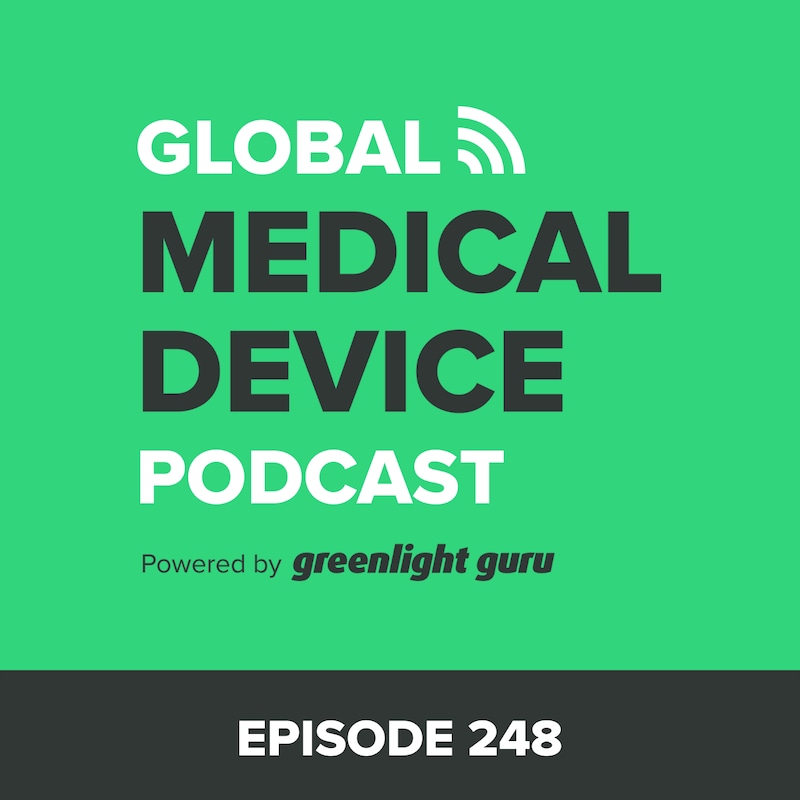Don’t give up on risk management. It’s the backbone of the product development lifecycle and human factors is one of its most important activities. It serves as a tool to guide development, allowing you to improve your products by turning risk into a value-add type of activity.
In this episode of the Global Medical Device Podcast, Jon Speer and Etienne Nichols talk to Shannon Hoste, President of Agilis Consulting Group and former lead for the FDA’s Human Factors Team.
Shannon explains her philosophy and approach on how the pieces of human factors, risk management, and product development come together. It’s all about user-related risks and making the right design decisions early on during product development.
Some of the highlights of this episode include:
- Human factors is a risk management activity that the FDA and International Organization for Standardization (ISO) requests. It’s all about use-related risk.
- Risk management helps make design decisions around safety and efficacy, and human factors provide a focused view on user- and use-related risks.
- The main contributor that companies come across are deficiencies and questions regarding the human factors process, including the use-related risk assessment.
- Probability and occurrence is challenging for most people. To understand product risk, understand risk is probability and disparity. To know what’s driving human factors, understand what could lead to high-disparity harm or kill someone.
- Based on user needs and human behavior, risk management helps companies understand users, how they interact with your product, and what can go wrong.
- Step-by-step process of risk assessment is to identify all tasks, identify what can go wrong, stay focused to build information, and then identify solutions.
- Product development engineers want their product to be safe and work. Embrace human factors to improve that as a likelihood. Do not resist it.
Memorable quotes from Shannon Hoste:
“Human factors at its core, at least the regulatory aspect of human factors, is a risk management activity. It’s all about use-related risk.”
“All of it is a tool to guide development.”
“I need to look at anything that could lead to high-disparity harm, regardless of if it doesn’t happen that often, if it’s going to kill someone, then I want to understand it.”
“Engineers really like to solve problems. We’re going to jump in and look for solutions, and I think that the human factors, the user needs work, as well, is all about understanding the problem and not solving it.”
Links:
Shannon Hoste on LinkedIn
Agilis Consulting Group
Pathway for Patient Health
FDA - Medical Devices
FDA - Human Factors Considerations
FDA - Human Factors and Medical Devices
ISO 62366 - Medical Devices — Part 1: Application of usability engineering to medical devices
The Greenlight Guru True Quality Virtual Summit
Greenlight Guru YouTube Channel
MedTech True Quality Stories Podcast
Greenlight Guru




